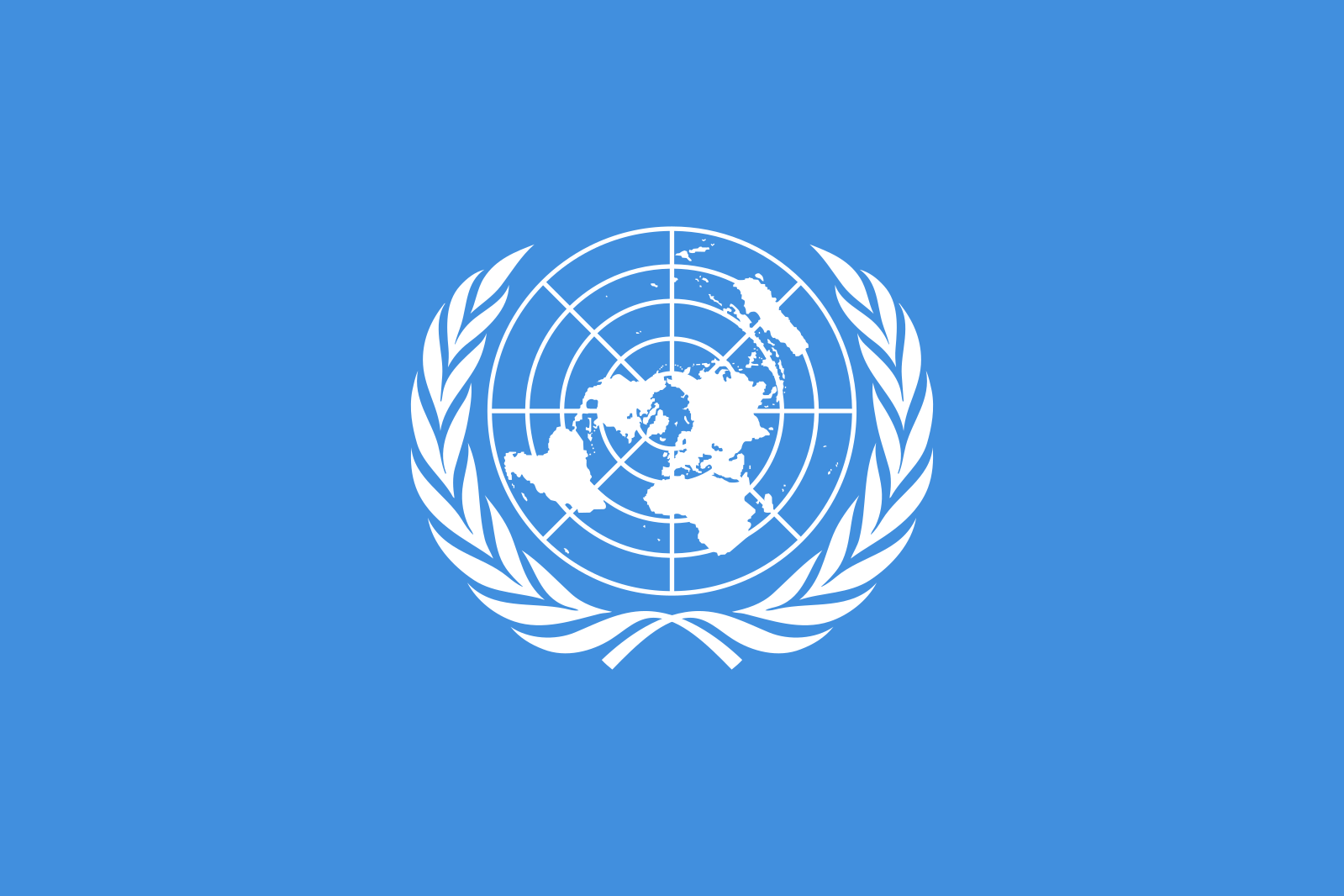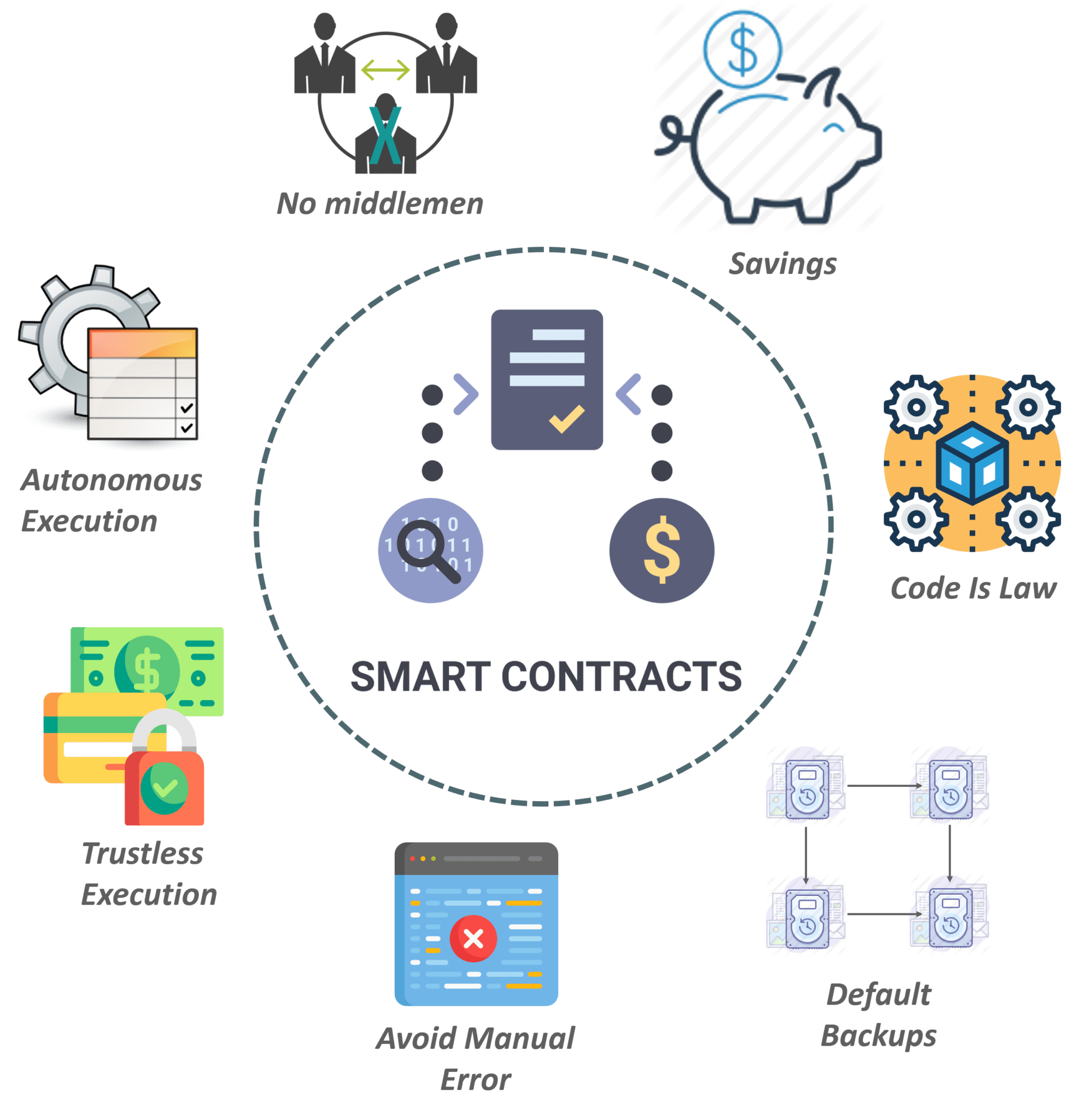Achieving SDGs With Blockchain

The Sustainable Development Goals (SDGs) constitute the world’s shared plan to end extreme poverty, reduce inequality, and protect the planet by 2030. Meeting them is a necessity if the human race is to peacefully coexist with the planet we were given. The decade of action calls for new ways of dealing with the monumental tasks at hand - and effective collaboration is of essential importance if we are to be successful. For that reason, me and 4 other collages developed a DLT-based time accounting system that allows UN employees to get recognized for the cross-collaborative projects they contribute to.
SDGs - For a brighter future The goals date back to the Rio de Janeiro Earth summit in 1992. More than 170 countries adopted Agenda 21, a comprehensive plan to build a global partnership for sustainable development to improve human lives and protect the environment. The 2030 agenda for sustainable development was adopted by all member states in 2015 - and it provides a shared blueprint for peace and prosperity for people and the planet, now and in the future.
The goals date back to the Rio de Janeiro Earth summit in 1992. More than 170 countries adopted Agenda 21, a comprehensive plan to build a global partnership for sustainable development to improve human lives and protect the environment. The 2030 agenda for sustainable development was adopted by all member states in 2015 - and it provides a shared blueprint for peace and prosperity for people and the planet, now and in the future.
UN secretary general António Guterres recognizes that the time for action is now - and that the most promising way forward is to leverage the revolutionizing opportunities crated by the technology sector. He has therefore spearheaded the agenda “Data Strategy for Action by Everyone, Everywhere”, which aims to address the challenges we face by unlocking the UN’s full data potential.
The secretary general has additionally made clear that further collaboration is essential if we are to meet the SDGs in time. These two requirements made us consider potential ways in which cross agency collaboration between UN personnel could be more optimally incentivized. Our solution was a blockchain based approach that monetizes time spent on cross-collaborative projects. This novel approach lays the foundation for an incentivization scheme that is more representative of the contributions made to the organization. Below follows an introduction to some of the concepts that we leveraged in our work.
DLTs - an introductionDistributed Ledgers are consensually shared and synchronized databases. They serve the purpose of removing any centralized intermediaries that would traditionally be involved in maintaining a consensus protocol. A blockchain is a specific type of distributed ledger implementation. This abstraction utilizes a sequence of blocks containing ledger information - and new blocks are added to the chain as the amount of information in the system increases. The blocks are interconnected with the help of cryptography. The result of this interdependence is that single blocks in the blockchain cannot be modified without changing all of the following blocks. Due to the monumental computational effort that would be required to do so, this interconnection ensures validity of the blockchain.
 Ethereum is arguably one of the most important blockchain-reliant technologies of today. It is a platform designed for cryptocurrencies and smart contracts that offers developers a flexible framework in which they can tackle DLT-related projects. Every user is assigned a wallet in which they can store their personal tokens. The native currency on Ethereum is the ether, but there are currently a vast number of third party currencies defined on the platform. Much like the IPO of a traditional company, tokens of these third party currencies can be auctioned at an Initial Coin Offering (ICO).
Ethereum is arguably one of the most important blockchain-reliant technologies of today. It is a platform designed for cryptocurrencies and smart contracts that offers developers a flexible framework in which they can tackle DLT-related projects. Every user is assigned a wallet in which they can store their personal tokens. The native currency on Ethereum is the ether, but there are currently a vast number of third party currencies defined on the platform. Much like the IPO of a traditional company, tokens of these third party currencies can be auctioned at an Initial Coin Offering (ICO).
 The use of smart contracts is at the heart of this flexibility. Smart contracts are computer programs intended to execute, control or document legally relevant events and actions according to the terms of a contract or an agreement. They can be constructed in many different ways depending on the nature of the agreement which they aim to uphold. The flexibility of the smart contracts become somewhat problematic when considering integration with the larger Ethereum network. Digital wallets and other features of the network need to be compatible with a wide array of smart contracts. There also needs to be a way to send tokens from one smart contract to another. The flexibility is therefore coupled with a set of standards that help bring unity to the platform. The most common standard is ERC20. Similar to an interface in object oriented programming, the ERC20 standard can be implemented to make Ethereum based smart contracts compatible with the larger Ethereum landscape.
The use of smart contracts is at the heart of this flexibility. Smart contracts are computer programs intended to execute, control or document legally relevant events and actions according to the terms of a contract or an agreement. They can be constructed in many different ways depending on the nature of the agreement which they aim to uphold. The flexibility of the smart contracts become somewhat problematic when considering integration with the larger Ethereum network. Digital wallets and other features of the network need to be compatible with a wide array of smart contracts. There also needs to be a way to send tokens from one smart contract to another. The flexibility is therefore coupled with a set of standards that help bring unity to the platform. The most common standard is ERC20. Similar to an interface in object oriented programming, the ERC20 standard can be implemented to make Ethereum based smart contracts compatible with the larger Ethereum landscape.
Our work consisted of strategizing how a distributed application, backed up by ERC20 compliant smart contracts, could be used to incentivize cross-collaborative efforts from employees within the UN. Taking into account the infrastructural opportunities and limitations offered by a situational analysis, a set of strategic model proposals were put forth.
Two factors that had to be carefully balanced during the project were flexibility and complexity. Because the application aimed to decentralize time reporting and give power to employees, there was a natural willingness to make use of community-dependent solutions to the design related questions. One example would be in topics relating to e.g. dispute resolution, where a wider community could theoretically restore order to the system. However, putting too much burden and complexity in the hands of the user would instead be a systematic liability due to the limited attention that a user is able to provide.
Links
